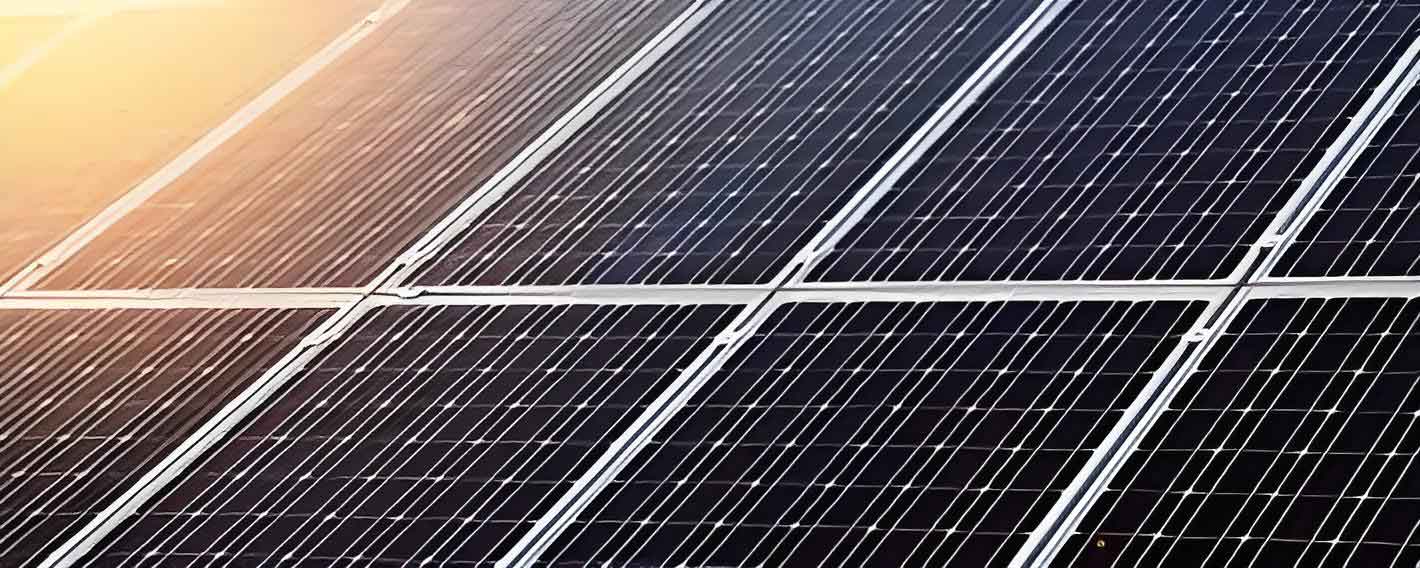
The solar panel industry is witnessing a remarkable transformation due to the advent of advanced materials. These materials are significantly improving the efficiency, durability, and overall performance of solar panel, making solar energy a more viable and attractive option for meeting global energy demands. This article delves into the cutting-edge materials being incorporated into next-generation solar panel, highlighting their benefits and potential impact on the industry.
1. Perovskite Materials
Perovskite materials have revolutionized the solar panel industry with their exceptional light-absorbing properties. These materials offer several advantages over traditional silicon-based solar cells:
- High Efficiency: Perovskite solar panel has achieved efficiencies exceeding 25%, which is higher than many conventional silicon solar panel.
- Low Production Costs: The manufacturing process for perovskite materials is less energy-intensive, leading to lower production costs.
- Flexibility: Perovskite solar panel can be produced on flexible substrates, allowing for a variety of applications, including wearable technology and portable solar panel.
| Feature | Perovskite Solar Panel | Silicon Solar Panel |
|---|---|---|
| Efficiency | Over 25% | 15-22% |
| Production Cost | Lower | Higher |
| Flexibility | High | Low |
2. Gallium Arsenide (GaAs)
Gallium arsenide is another advanced material making waves in the solar panel industry. Known for its superior performance in converting sunlight into electricity, gallium arsenide offers several benefits:
- High Efficiency: Gallium arsenide solar panel can achieve efficiencies of up to 30%, making them one of the most efficient types of solar panel available.
- Durability: These panels exhibit excellent resistance to radiation damage, making them ideal for space applications.
- Broad Spectrum Absorption: Gallium arsenide can absorb a wider range of the light spectrum, enhancing overall energy capture.
Advantages of Gallium Arsenide Solar Panel
- Superior Efficiency: Among the highest efficiencies in the solar panel market.
- Robust Durability: Ideal for harsh environments, including space.
- Wide Spectrum Absorption: Improved energy capture from diverse light wavelengths.
3. Organic Photovoltaics (OPVs)
Organic photovoltaics represent a significant advancement in the solar panel industry. These solar panel is made from organic molecules or polymers, offering unique advantages:
- Lightweight: Organic photovoltaics are lighter than traditional solar panel, making them easier to install on various surfaces.
- Flexible: These solar panel can be manufactured on flexible substrates, opening up new possibilities for integration into everyday objects.
- Low Cost: The production process for organic photovoltaics is relatively low-cost, making them an economical option for solar energy generation.
| Feature | Organic Photovoltaics | Traditional Solar Panel |
|---|---|---|
| Weight | Lightweight | Heavier |
| Flexibility | High | Low |
| Production Cost | Low | Higher |
4. Quantum Dots
Quantum dots are nanoscale semiconductor particles that have unique optical and electrical properties. Their application in solar panel is promising due to the following reasons:
- High Efficiency Potential: Quantum dots can be tuned to absorb specific wavelengths of light, potentially leading to higher efficiency solar panel.
- Scalability: Quantum dot solar panel can be produced using low-cost, scalable manufacturing techniques.
- Enhanced Stability: Advances in quantum dot technology have led to improved stability and longevity of the solar panel.
Benefits of Quantum Dot Solar Panel
- Customizable Absorption: Ability to tailor absorption to specific light wavelengths.
- Cost-Effective Production: Scalable and affordable manufacturing processes.
- Improved Longevity: Enhanced stability and durability.
5. Transparent Conductors
Transparent conductors are crucial components in next-generation solar panel, particularly for applications requiring transparency, such as building-integrated photovoltaics (BIPV). Advanced materials in this category include:
- Indium Tin Oxide (ITO): Widely used for its high conductivity and transparency, though it is expensive and brittle.
- Graphene: A promising alternative due to its excellent electrical conductivity, flexibility, and transparency. Graphene-based transparent conductors are being explored for their potential to lower costs and enhance performance.
| Material | Conductivity | Transparency | Flexibility |
|---|---|---|---|
| Indium Tin Oxide (ITO) | High | High | Low |
| Graphene | Very High | High | High |
6. Advanced Anti-Reflective Coatings
Anti-reflective coatings play a vital role in enhancing the efficiency of solar panel by reducing the amount of light reflected away from the surface. Innovations in this area include:
- Nanostructured Coatings: Utilizing nanotechnology, these coatings create surfaces that significantly reduce reflection and increase light absorption.
- Durable Materials: Advanced coatings are being developed to withstand harsh environmental conditions, ensuring long-term performance and durability.
Key Features of Advanced Anti-Reflective Coatings
- Enhanced Light Absorption: Minimized reflection leads to higher energy capture.
- Nanotechnology: Advanced designs improve overall efficiency.
- Durability: Resistance to environmental degradation for sustained performance.
7. Hybrid Solar Cells
Hybrid solar cells combine different types of materials to harness the benefits of each. These solar panel often integrate organic and inorganic materials to improve efficiency and performance:
- Enhanced Efficiency: Hybrid solar cells can achieve higher efficiencies by combining the strengths of various materials.
- Versatility: These cells are suitable for a wide range of applications, from traditional solar panel to flexible and portable devices.
- Improved Stability: Combining materials can lead to better stability and longer lifespans for solar panel.
| Feature | Hybrid Solar Cells | Single-Material Solar Cells |
|---|---|---|
| Efficiency | Higher | Moderate to High |
| Versatility | High | Variable |
| Stability | Improved | Variable |
Conclusion
The integration of advanced materials into next-generation solar panel is driving significant advancements in the solar energy industry. From perovskite and gallium arsenide to organic photovoltaics and quantum dots, these materials are enhancing the efficiency, durability, and versatility of solar panel. Additionally, innovations in transparent conductors, anti-reflective coatings, and hybrid solar cells are further propelling the industry towards a more sustainable and energy-efficient future. As these technologies continue to evolve, they hold immense potential to revolutionize the way we harness and utilize solar energy, paving the way for a cleaner and greener world.
